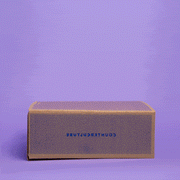
Genetics x Environment x Management

We’ve been purchasing coffee from Damian Espinoza since 2018, the same year he earned second place in the Cup of Excellence—an achievement that helped establish him as one of the top producers in Peru’s Cajamarca region. Despite his success, Damian continues to push the boundaries of quality. This year’s lot of natural-processed coffee is one of the best—if not the best—we’ve tasted from the region.
GEM 011 is a mix of red and yellow Caturra, the most common varieties on his farm. Ripe cherries were laid out on tarps under his solar dryer for 25 days and turned frequently to promote even moisture loss. The result is a clean and expressive coffee with sweet and syrupy notes of grape jelly and juicy stone fruits.








